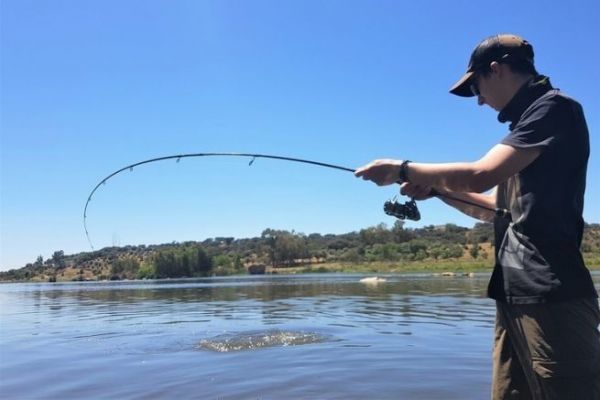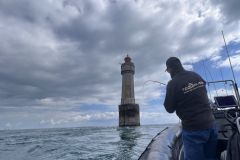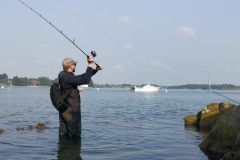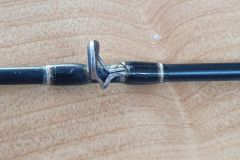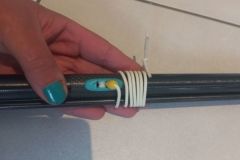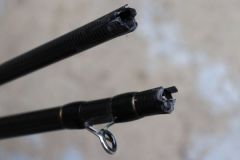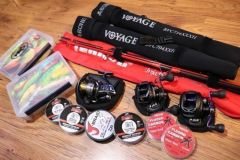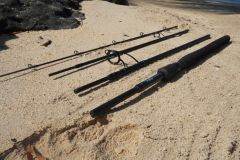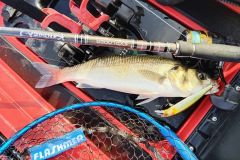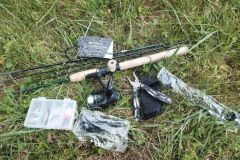The single-strand cane
Single-blank rods are categorized by the fact that they have no joint. The original curvature of the blank is perfectly preserved for maximum feel and efficiency. A major disadvantage of the single-stranded rod is that it is difficult to carry, which is why they are generally short (approx. 2.10 m). This type of rod is mainly used in freshwater for fishing techniques requiring maximum sensitivity and blank resonance.
Single-section rods are also found on sea jigging rods, which are also very short and need maximum strength to cope with big fish and very big bends.

The two-strand cane
The two-piece rod is the most classic version of a lure rod. It is generally split in two at the center by a joint. A two-piece rod is suitable for the vast majority of anglers, as it can be easily transported in a vehicle and stored almost anywhere. However, the center joint creates a hard point where the blank loses sensitivity and quality of action, although the latest jointing technologies are increasingly effective.
To avoid putting too much stress on this sensitive point that is the central fitting, rod manufacturers also use butt fittings. This divides the rod into ? and ? sections, allowing the section with the rings to retain maximum strength. This technique is often used for heavy sea fishing, generally for tuna or exotic fisheries.
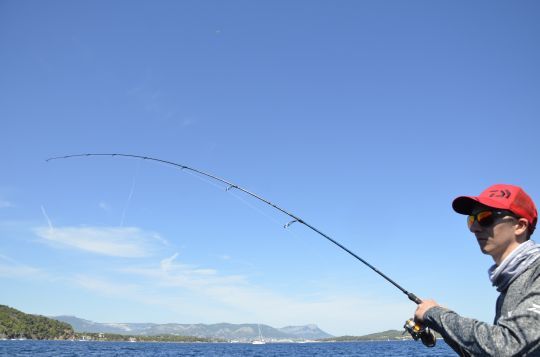
Cane in three, four or five sections
The multi-strand cane, also known as the travel cane, is the version with the largest number of strands, often between 3 and 5. Its main advantage is that it fits easily into a suitcase, eliminating the need to use a cane tube for air travel. It is becoming more and more attractive as the price of a cane tube rises, with airlines charging heavily for oversized luggage.
However, multi-shank rods tend to be very fragile, since every joint can be a point of weakness, especially if the rod is not properly assembled before use. It's very rare that this type of rod will be of any interest to the majority of anglers in France, unless you really need a rod that takes up very little space.
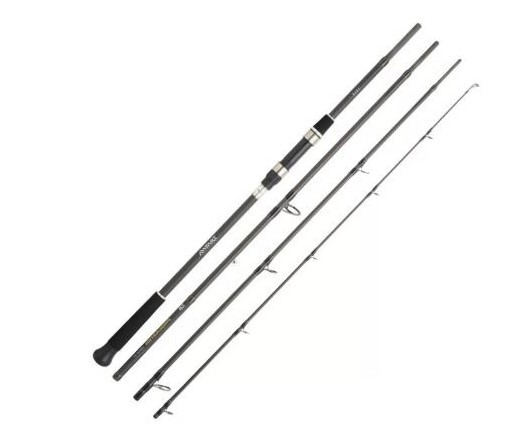

 /
/ 